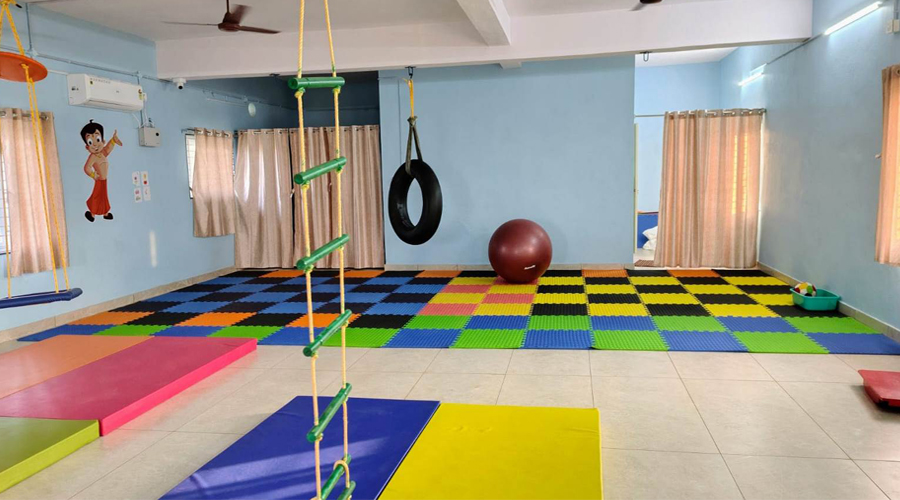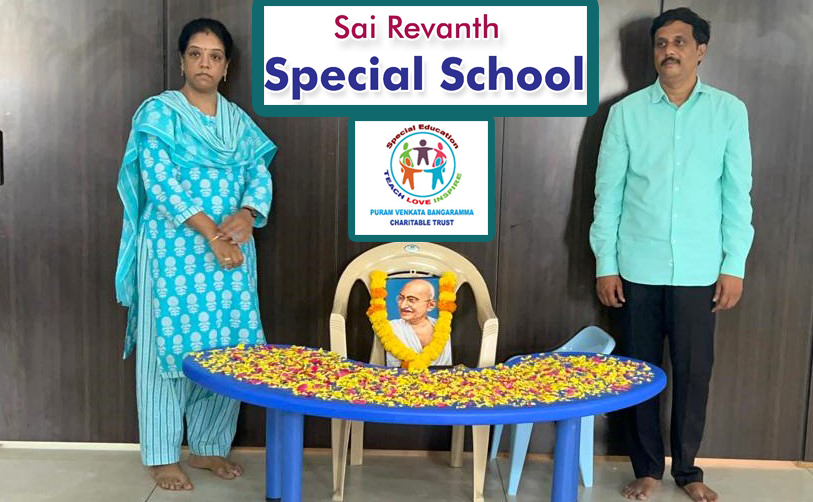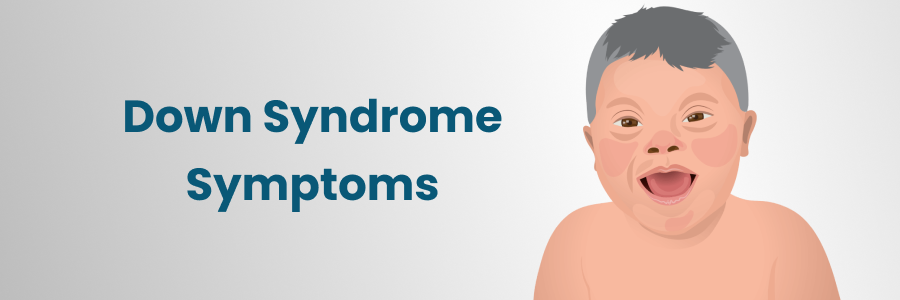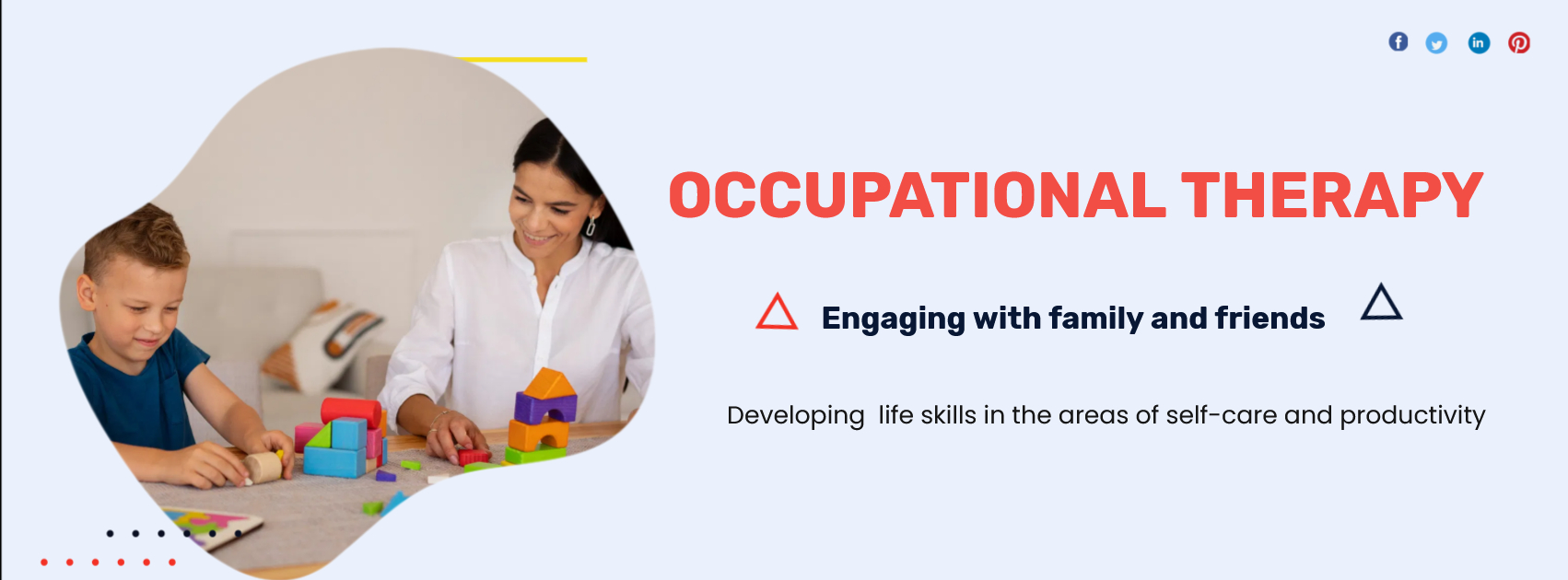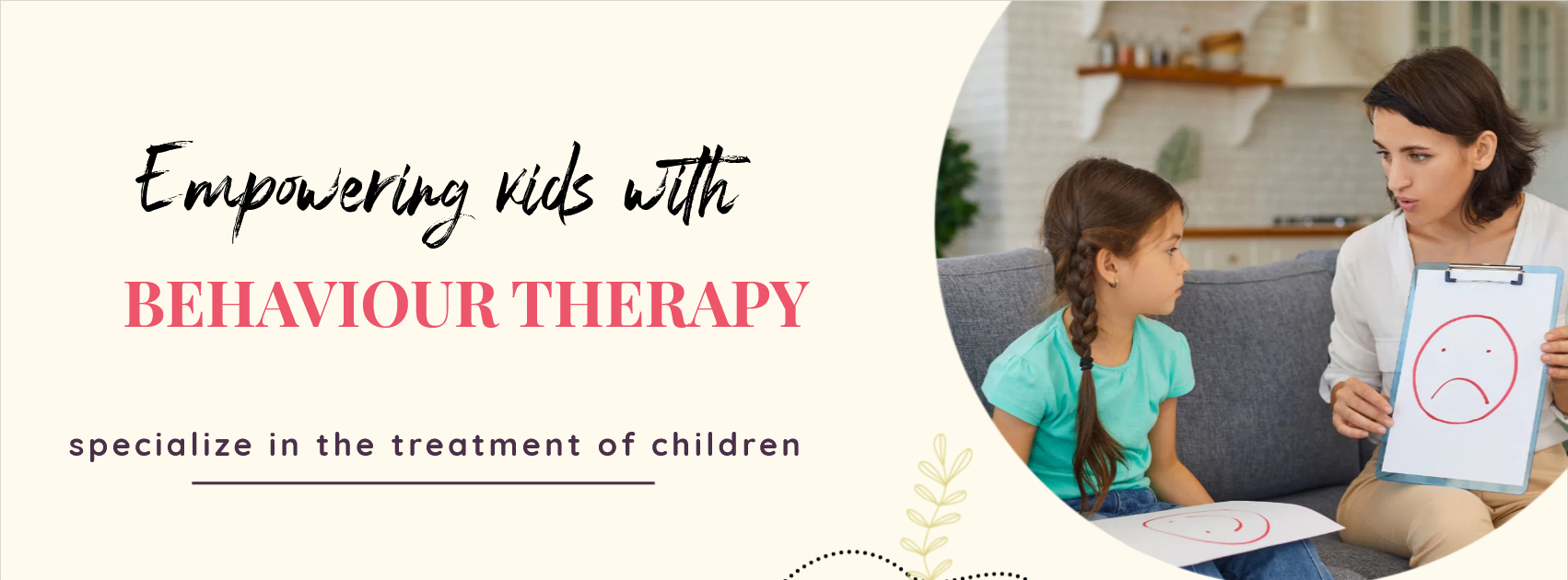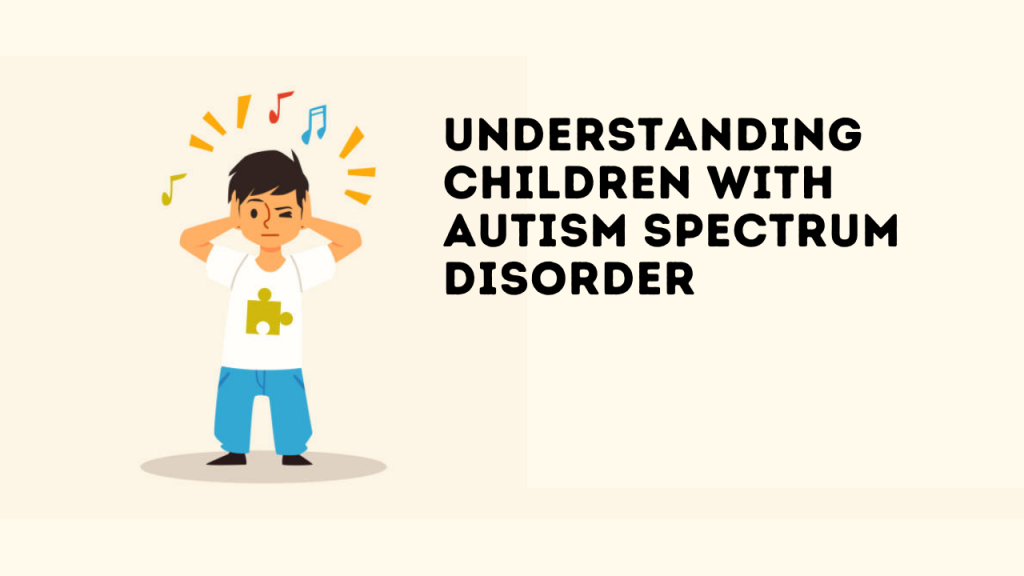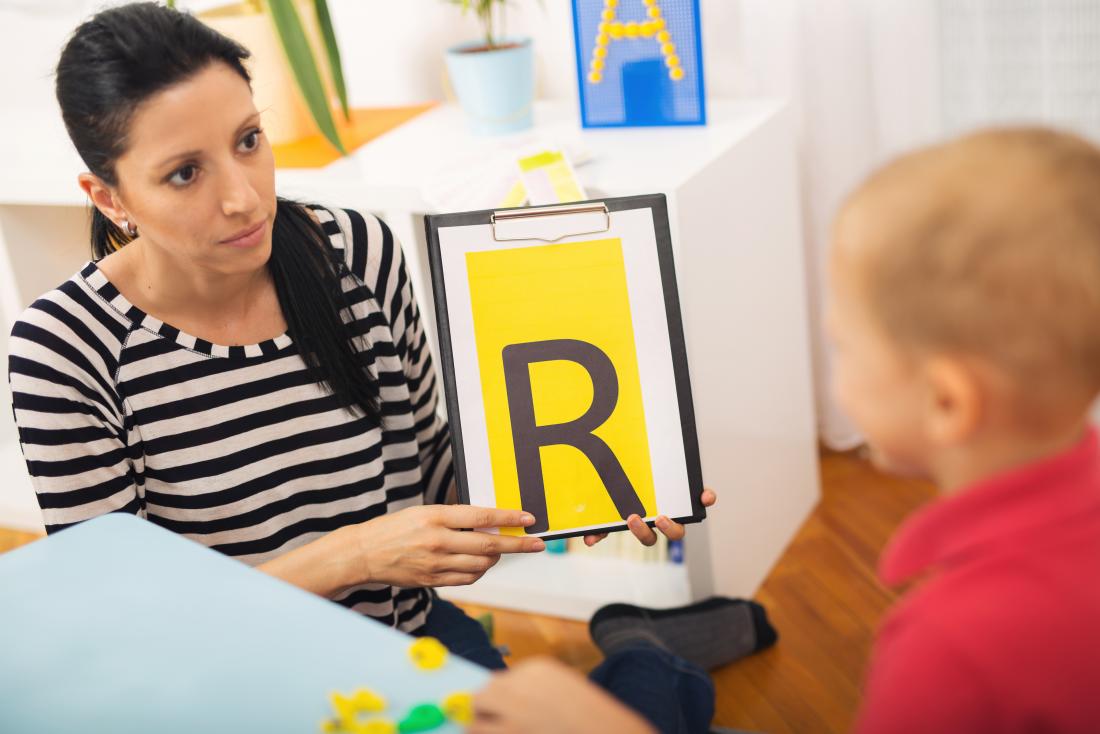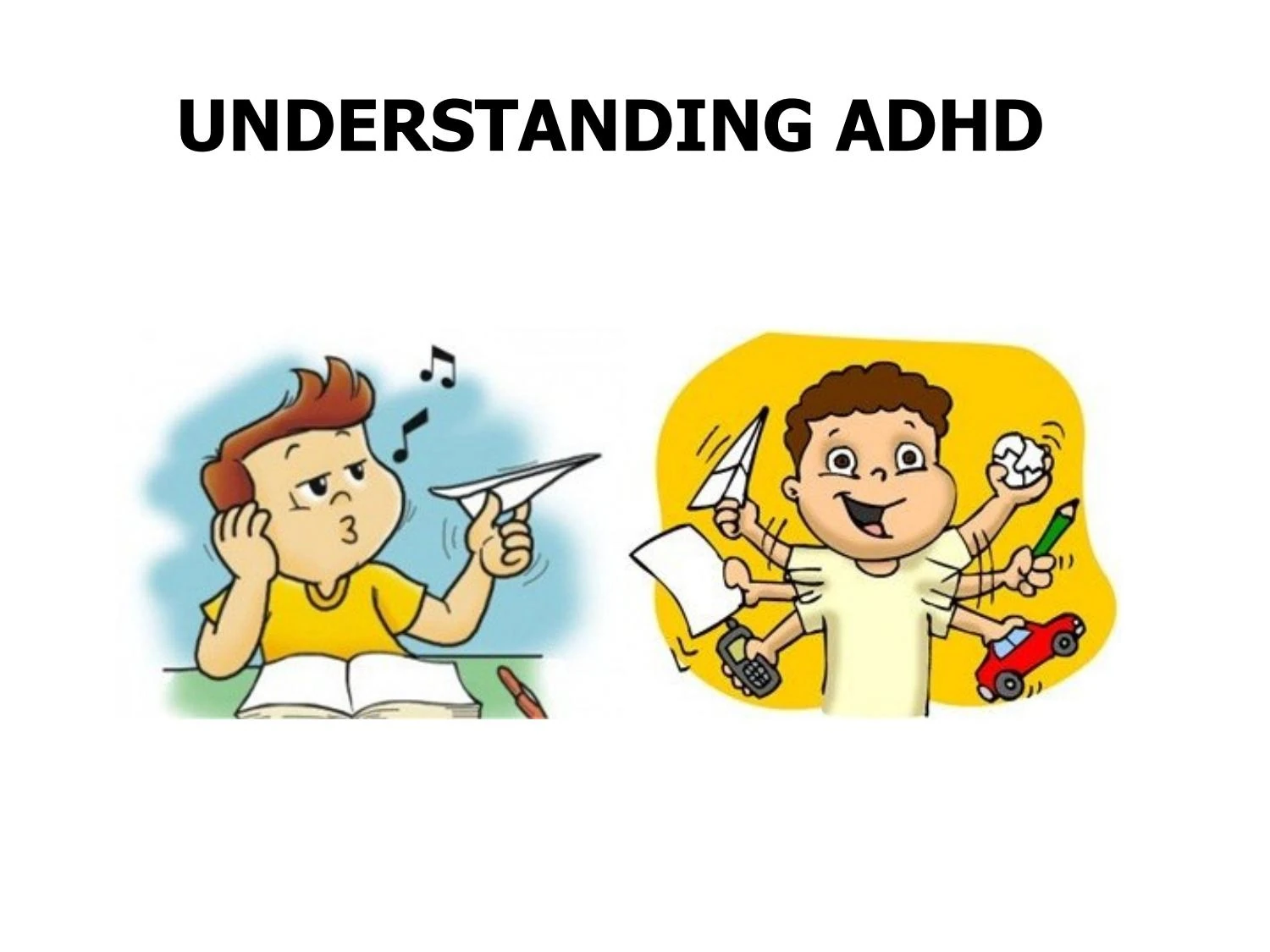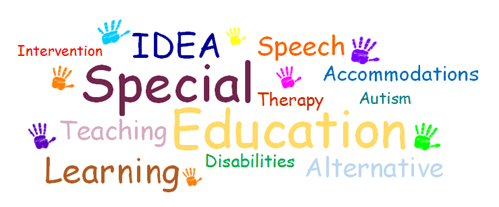
Advantages of Speech Therapy
- Improved Communication Skills:
- Better Confidence
- Enhanced Social Interaction
- Language Development
- Improved Cognitive Skills
- Swallowing and Feeding Improvement
- Support for Communication Disorders
- Enhanced Academic Performance
Advantages of Occupational Therapy
- Improved Daily Functioning
- Enhanced Motor Skills
- Increased Independence
- Support for Mental Health
- Recovery from Injury or Illness
- Improved Sensory Processing
- Support for Children with Developmental Delays
- Pain Management
Advantages of Behaviour Therapy
- Effective for a Wide Range of Disorders
- Improved Emotional Regulation
- Increased Self-Awareness
- Enhancement of Problem-Solving Skills
- Reduction of Maladaptive Behaviors
- Improved Communication Skills
- Focus on Observable Changes
- Time-Limited and Goal-Oriented
Speech therapy is a treatment designed to help individuals improve their speech, language, and communication skills. It can address a range of issues, including difficulties with speech clarity, understanding language, or using language appropriately. It may also cover nonverbal communication, such as gestures, body language, and voice quality.
Speech therapists, or speech-language pathologists (SLPs), work with clients who may have issues like:
- Articulation: Difficulty pronouncing sounds or words clearly.
- Language disorders: Trouble understanding or using language, including speaking, reading, or writing.
- Fluency disorders: Challenges such as stuttering.
- Voice disorders: Issues related to the quality, pitch, or volume of the voice.
- Cognitive-communication disorders: Problems with attention, memory, or problem-solving, which can affect communication.
Therapies often involve exercises and activities tailored to the individual, such as practicing sounds, improving vocabulary, or learning strategies to manage fluency issues.
Is there a specific aspect of speech therapy you're interested in?
Benfits Of Speech Therapy
Speech therapy offers numerous benefits for individuals with speech, language, or communication challenges. Here are some of the key benefits:
1. Improved Communication Skills
- Articulation: Helps individuals pronounce words more clearly and correctly.
- Language Development: Improves both expressive and receptive language skills, helping individuals understand and use language more effectively.
- Fluency: Addresses issues like stuttering, improving speech fluency and confidence.
2. Enhanced Social Skills
- For children and adults, speech therapy helps develop better social interaction skills, such as turn-taking in conversation, interpreting social cues, and expressing emotions appropriately.
3. Boosted Confidence
- As individuals become more proficient in speaking and communicating, their self-esteem and confidence can significantly improve. This is particularly important for those who might feel self-conscious or isolated due to communication difficulties.
4. Better Academic Performance
- In children, improving speech and language skills can lead to better performance in school, particularly in reading, writing, and verbal communication.
5. Improved Voice Quality
- Speech therapy can address voice disorders by improving vocal quality, pitch, and resonance, which is beneficial for people with issues such as hoarseness or breathy voices.
6. Cognitive-Communication Improvement
- For individuals recovering from strokes, brain injuries, or those with cognitive-communication disorders, speech therapy helps with memory, attention, problem-solving, and organizing thoughts, improving overall communication abilities.
7. Help with Swallowing Difficulties
- Speech therapists also work with individuals who have difficulty swallowing (dysphagia), often seen in individuals with neurological conditions. Therapy can improve safety and comfort while eating and drinking.
8. Support for Nonverbal Communication
- For those who rely on gestures, sign language, or alternative communication methods (like communication devices), speech therapy can help improve nonverbal communication strategies.
9. Management of Voice Disorders
- For individuals with voice-related issues (such as vocal cord nodules, vocal fatigue, or laryngitis), speech therapy can help prevent further damage and improve vocal health.
10. Assistance with Special Needs
- For individuals with developmental disorders (such as autism), speech therapy is crucial in helping them communicate their needs, emotions, and thoughts more effectively, improving overall quality of life.
Speech therapy provides long-term benefits by not only improving communication but also offering a way to overcome social and academic challenges. It can be incredibly empowering for those facing difficulties in any of these areas.
Speech Therapy Assessment
A speech therapy assessment is the process through which a speech-language pathologist (SLP) evaluates an individual’s communication abilities. The goal is to understand the specific speech, language, and communication challenges a person may face, and to design an effective treatment plan. The assessment typically includes several steps and tools to gather comprehensive information.
Steps in a Speech Therapy Assessment
1. Initial Consultation/Interview
- Purpose: To gather background information.
- What Happens:
- The SLP talks with the individual (and their caregivers, if applicable) to understand the concerns about communication and speech.
- Questions might be asked about medical history, developmental milestones (for children), family history of speech or language disorders, and daily communication challenges.
- This conversation helps the SLP understand the scope of the issue and identify any contributing factors (e.g., hearing problems, developmental delays).
2. Case History Review
- Purpose: To understand the person’s background in greater detail.
- What Happens:
- The SLP may review any medical or developmental records, including reports from doctors or previous therapists.
- Information such as birth history, cognitive development, educational history, and social skills may be gathered.
- The goal is to understand if there are underlying conditions (e.g., autism, cerebral palsy, stroke) that could be affecting communication.
3. Formal and Informal Testing
- Purpose: To assess speech and language abilities.
- What Happens:
- Formal Testing: The SLP may administer standardized assessments or questionnaires to measure different aspects of speech and language, such as:
- Articulation: How well sounds are pronounced.
- Fluency: Whether there are issues like stuttering.
- Language Skills: How well the individual understands and uses language (vocabulary, grammar, sentence structure).
- Cognitive-communication skills: Memory, attention, problem-solving, and organizing thoughts.
- Voice Quality: Pitch, loudness, and clarity of the voice.
- Informal Testing: The SLP may use less structured methods, such as:
- Observing the individual during conversation.
- Asking them to perform specific tasks like naming objects, following directions, or telling a story.
- Engaging in role-playing or conversational activities.
- Formal Testing: The SLP may administer standardized assessments or questionnaires to measure different aspects of speech and language, such as:
4. Speech and Language Samples
- Purpose: To analyze how the person communicates in natural settings.
- What Happens:
- The SLP might ask the individual to engage in casual conversation, tell a story, or describe an event.
- This allows the SLP to evaluate language skills, social communication, and fluency in real-world situations.
- For children, the SLP may engage in play-based activities to observe how they communicate with toys, games, or peers.
5. Speech Sound Production (Articulation)
- Purpose: To evaluate how well the individual pronounces words.
- What Happens:
- The SLP will assess whether speech sounds are pronounced correctly. For example, the person may be asked to repeat words or sentences that contain specific sounds.
- The SLP will check if any patterns of speech sound errors (such as substituting one sound for another) exist.
6. Language Comprehension and Expression
- Purpose: To evaluate both receptive (understanding) and expressive (speaking) language.
- What Happens:
- Receptive Language: The SLP will test how well the individual understands spoken language, including commands, questions, and instructions.
- Expressive Language: The SLP will assess the individual’s ability to use language to express thoughts, needs, or ideas, such as sentence structure and word choice.
7. Voice Evaluation
- Purpose: To assess the quality of the voice.
- What Happens:
- The SLP may listen for issues like hoarseness, breathiness, or unusual pitch.
- If needed, the SLP may use tools like a stroboscope (a special camera) to observe the vocal cords and determine if there is a physical cause for the voice issues.
8. Social Communication and Pragmatics (for children and adults)
- Purpose: To assess how effectively the individual communicates in social situations.
- What Happens:
- The SLP may assess whether the individual follows conversational rules, such as taking turns, using eye contact, and understanding social cues (e.g., sarcasm, humor, and body language).
- They may also evaluate how the person interacts with peers, family members, or colleagues.
9. Swallowing Evaluation (if applicable)
- Purpose: To determine if there are any issues with swallowing, which may affect communication.
- What Happens:
- If the individual has difficulty swallowing (dysphagia), the SLP will assess the ability to swallow safely and effectively. This could involve watching how the individual eats or drinks and whether they show signs of aspiration (food or liquid entering the airway).
- A swallowing study or more advanced testing may be recommended if needed.
10. Diagnosis and Recommendations
- Purpose: To determine the presence of any speech or language disorders and make recommendations.
- What Happens:
- After collecting data, the SLP will diagnose the specific speech or language disorder, if applicable.
- The SLP will outline the next steps, which may include a treatment plan with specific goals and the types of therapy required. They may also suggest family or educational support, if necessary.
11. Developing a Therapy Plan
- Purpose: To create a tailored plan for therapy.
- What Happens:
- Based on the assessment results, the SLP will work with the individual and their caregivers to develop a personalized therapy plan.
- The plan will outline clear goals, the frequency of therapy, and the types of exercises or activities the individual will do during sessions.
Types of Tools and Tests Commonly Used:
- Standardized Tests: These tests have specific protocols and are used to compare an individual's abilities to a broad population. Examples include:
- Goldman-Fristoe Test of Articulation
- Clinical Evaluation of Language Fundamentals (CELF)
- Peabody Picture Vocabulary Test (PPVT)
- Observational Measures: These are informal assessments where the SLP observes the individual during real-life or play activities.
- Checklists and Rating Scales: Tools to gather information from caregivers or teachers about the individual’s communication skills.
The speech therapy assessment is a critical first step to understanding the specific communication needs of the individual and is essential in designing an effective treatment plan.
Speech Therapy Procedure
The procedure for speech therapy generally involves several steps, tailored to the specific needs of the individual. Here's an outline of the typical process for speech therapy:
1. Initial Assessment and Evaluation
- Purpose: To determine the individual's specific speech, language, or communication challenges.
- Process:
- The speech-language pathologist (SLP) conducts a thorough evaluation, which may include:
- Interviews with the patient or caregivers about their medical, developmental, and communication history.
- Standardized tests and informal assessments to assess speech and language skills.
- Observation of speech patterns, including articulation, fluency, voice quality, and language use.
- The SLP will also assess factors like hearing, cognitive abilities, and social communication.
- The speech-language pathologist (SLP) conducts a thorough evaluation, which may include:
2. Goal Setting
- Purpose: To develop a clear plan for therapy.
- Process:
- Based on the assessment, the SLP will set specific, measurable, and achievable goals for therapy.
- Goals might focus on improving articulation (e.g., pronouncing specific sounds correctly), enhancing fluency (e.g., reducing stuttering), or building vocabulary.
- The therapist may collaborate with the individual, their family, or caregivers to ensure the goals align with the individual’s needs and expectations.
3. Treatment Plan Development
- Purpose: To design a personalized therapy plan based on the individual's specific needs and goals.
- Process:
- The SLP will choose appropriate therapy techniques and exercises based on the type of communication issue.
- For example:
- Articulation therapy: The therapist may work on specific sound patterns, using repetition and visual cues.
- Fluency therapy: Techniques like slow speech, breathing exercises, and strategies for managing stuttering may be used.
- Language therapy: The SLP may work on vocabulary, grammar, and sentence structure.
- Cognitive-communication therapy: Exercises to improve attention, memory, and problem-solving may be included.
- If necessary, the SLP will recommend assistive devices (e.g., communication boards or apps) for individuals with severe communication challenges.
4. Therapy Sessions
- Purpose: To implement the treatment plan and help the individual improve their communication skills.
- Process:
- Sessions typically last 30-60 minutes and can vary in frequency, ranging from once a week to several times a week, depending on the severity of the issue.
- The SLP uses various techniques and activities, such as:
- Repetitive exercises: Practicing specific speech sounds, words, or sentences.
- Games or activities: Fun, interactive exercises to make therapy engaging, especially for children.
- Role-playing: Practicing social communication scenarios.
- Feedback: The SLP provides immediate feedback, guiding the individual to improve and refine their skills.
- The SLP may also give homework assignments or exercises for the individual to practice between sessions to reinforce progress.
5. Ongoing Monitoring and Adjustments
- Purpose: To track progress and modify the therapy plan as needed.
- Process:
- After several sessions, the SLP will evaluate the progress toward the established goals.
- If improvements are being made, the therapist may introduce new challenges or goals.
- If progress is slower than expected, the therapy plan may be adjusted, or alternative strategies may be considered.
- Regular feedback from the individual, family, or caregivers is essential to adjust the approach if needed.
6. Discharge or Transition
- Purpose: To determine when therapy is no longer needed or to transition to maintenance therapy.
- Process:
- Once the goals are achieved or significant improvement is made, the SLP will evaluate whether further therapy is needed.
- In some cases, the individual may be discharged from therapy if they have reached a satisfactory level of functioning.
- In other cases, the individual may transition to less frequent sessions or maintenance therapy to help sustain the progress.
- The SLP may also provide strategies and exercises to continue practicing independently or with family support.
7. Follow-Up and Support
- Purpose: To ensure the individual continues to make progress and maintain skills.
- Process:
- Follow-up sessions might be scheduled after discharge to monitor long-term progress.
- The SLP may provide periodic check-ins or coaching for family members, caregivers, or teachers to support continued development.
Overall, the speech therapy procedure is highly individualized. The therapist's role is to guide the person toward achieving their communication goals and empower them to use those skills in their daily life.

